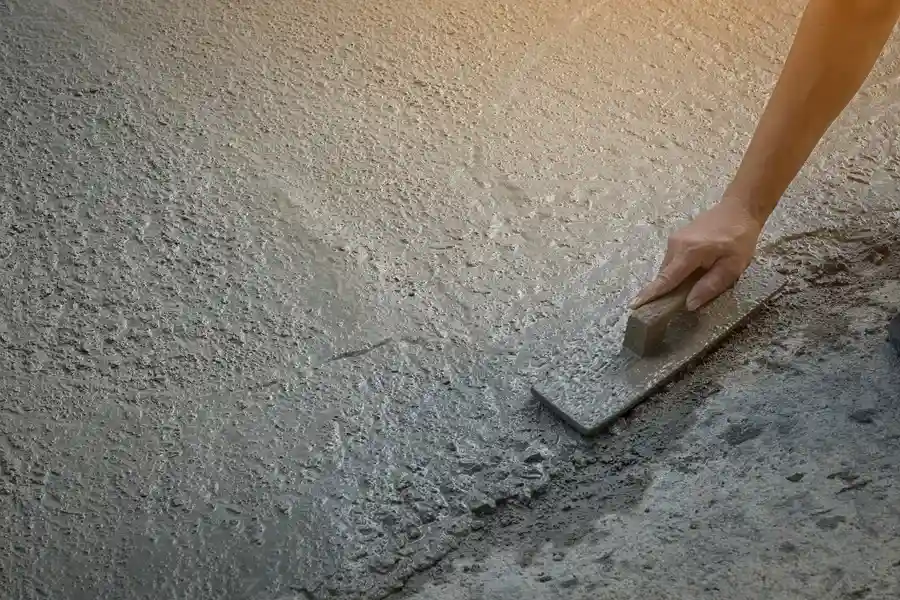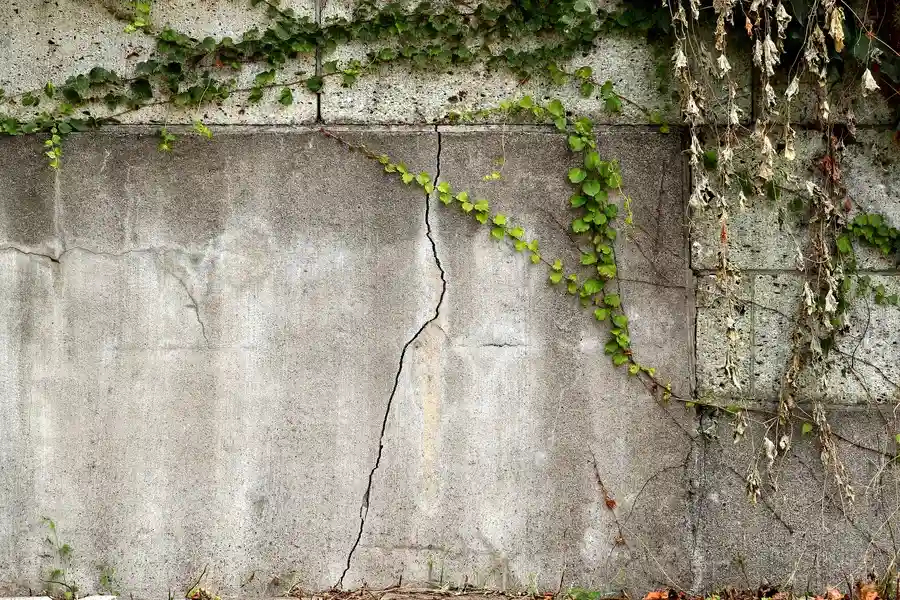Explore the Factors Behind Concrete Wear and Effective Solutions
Concrete is a popular building material known for its strength and durability. However, it is not immune to damage over time. Understanding the common causes of concrete damage and how to address them is crucial for maintaining structural integrity. From environmental factors to improper installation, there are various reasons why concrete may deteriorate. This guide explores these issues in detail and provides insights into effective repair strategies.

The Role of Weather Conditions
One major factor contributing to concrete damage is weather conditions. Freeze-thaw cycles can cause cracks as water expands when frozen. Similarly, excessive heat can lead to surface scaling and spalling. These conditions weaken the concrete structure over time.
Poor Installation Techniques
Improper installation can also lead to significant problems. Inadequate curing times or incorrect mixing ratios often result in weak structures requiring extensive concrete repair later on. Ensuring proper techniques during the initial pour reduces long-term risks and avoids costly fixes.
Lack of Regular Maintenance
Maintenance is key to extending the life of concrete surfaces. Without regular cleaning and sealing, dirt and moisture penetrate surfaces, accelerating wear. Routine maintenance includes sealing joints and applying protective coatings, which minimize the need for frequent concrete repair.
Impact of Chemical Exposure
Chemical exposure poses another threat to concrete longevity. Industrial environments where chemicals spill frequently see increased degradation rates. Acids, oils, and salt can break down concrete at a molecular level, causing erosion and structural weakness.
Understanding Structural Overloads
Excessive loads beyond design specifications are harmful to concrete structures. Overloading leads to stress fractures that compromise safety and require immediate attention. Reinforcement of concrete with steel bars helps withstand heavier loads without failure.
Steps to Address Concrete Damage
- Identify the type of damage: Cracks, scaling, or chemical erosion.
- Assess the extent: Determine whether it’s superficial or structural.
- Select appropriate materials: Use high-quality repair compounds suited for specific damage types.
- Implement corrective measures: Fill cracks, patch surfaces, or reinforce areas as needed.
- Schedule follow-up inspections: Regular checks ensure ongoing integrity after repairs.
Professional Tips for Concrete Care
- Seal all visible joints annually to prevent moisture entry.
- Avoid using de-icing salts on driveways to reduce surface wear.
- Inspect regularly for early signs of damage like small cracks or discoloration.
Financial Considerations in Repairs
The cost of repairing concrete varies based on damage severity and area size. Investing in quality materials initially often results in lower long-term expenses. Additionally, preventive maintenance significantly reduces potential repair costs over time.

Your Partner for Durable Concrete Solutions
To maintain safe and durable structures, addressing concrete damage promptly is essential. For expert services, contact us at (786) 434-3935. Based in Miami, FL, we offer comprehensive solutions tailored to your needs. At Home Del Mar Remodeling LLC, our team specializes in delivering top-quality service that ensures long-lasting results.